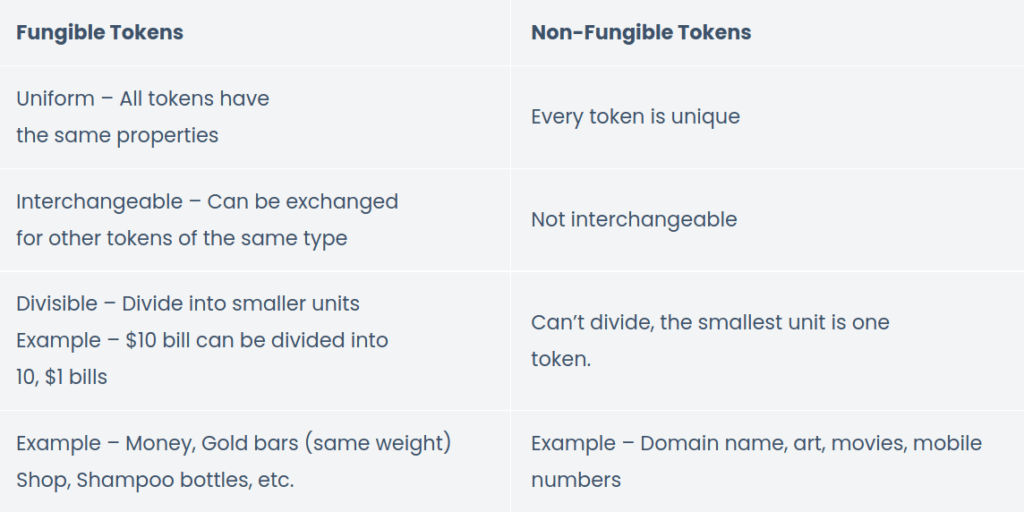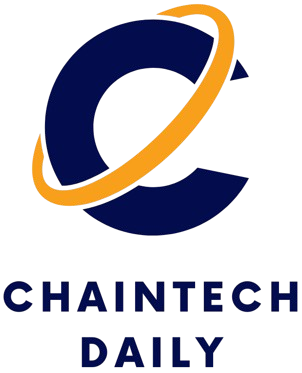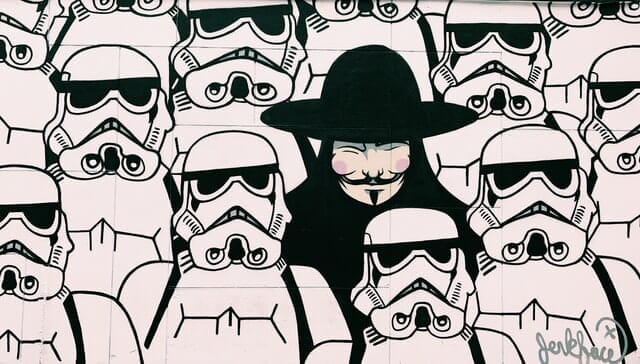If you have been following crypto space for a while, you must have come across Non-Fungible Token (NFT). Projects like Cryptokitties, Decentraland made NFT standard popular among the developers. In this article, we are going to talk about NFT.
What does Fungible mean?
Let’s first talk about the word fungible. According to Wikipedia, “Fungibility is the property of a good or a commodity whose individual units are essentially interchangeable, and each of its parts is indistinguishable from another part.”
Currency is the best example of a fungible good. For example, a $5 will be the same everywhere, irrespective of the serial number or who owns it.
You can exchange it for another $5 or five $1. Other everyday examples that fall under the fungible category are groceries, notebooks, etc.
Non-Fungible goods, on the other hand, are goods or commodities that are unique and can not be replaced.
The best example is a painting of Mona Lisa. It is one of a kind in the world.
Fungible and Non-Fungible Tokens
Tokens or Crypto tokens (in the context of Blockchain) are unique kinds of virtual tokens that reside on their respective blockchains and represent a digital asset.
Crypto tokens are created, distributed, sold, and circulated by different means such as mining, ICO, dutch auction. For example, a token may represent a share of the company or loyalty points.
There are multiple difference between Fungible or Non-fungible tokens.


Wikipedia defines Non-Fungible Token (NFT), also known as a nifty, as a special type of cryptographic token, which represents something unique.
It is somewhat similar to representing Mona Lisa painting with a token in the digital world. Jokes apart, some of the well known non-fungible digital assets are domain names (Example – ENS domain), your FaceBook and Instagram handle, phone number, Gun skins in Counter-Strike: Global Offensive, etc.
Have you ever wondered up to how extend you own a commodity? Read The Rise of Individual Securitization.
Characteristics of Non-Fungible Tokens (NFT)
- Standardization: A NFT has some standardized functionality, which includes ownership, transfer, etc. This is common to all Non-Fungible Tokens. Any developer can inherit this functionality to build its own NFTs.
- Universal: NFT are universal, i.e., they can be used by any application who wants to use them. Because Blockchains are openly accessible, and everyone can read the smart contracts deploying NFTs.
- Liquidity: There is a huge marketplace related to crypto-assets. People can easily trade them for real money or cryptocurrencies as per their convenience. So, NFTs is easily liquefied.
- Immutability: Blockchain is infamous for being immutable. NFTs are implemented through smart contracts. This makes the NFTs immutable that is the user can not change their NFT to a different NFT. The ownership of the NFT will be permanently recorded in the Blockchain unless the user decides to transfer it to another user.
- Programmable: NFT is implemented through a smart contract. One can enhance NFT tokens and include other complex functionalities.
Non-Fungible Token Standards
- ERC721: It was first coined by CryptoKitties and is also the first standard to represent non-fungible digital assets. ERC721 is an inheritable Solidity smart contract standard. One can easily inherit it from the OpenZeppelin library and use it to program its NFT based project.
- ERC1155: It was first pioneered by Enjin. It enables one to implement the semi-fungible token. Instead of owning unique assets, ERC1155 allows one to own a class of unique assets. These assets are linked to IDs. For example, one ID can have 20 assets named “Swords,” while another ID can have 30 assets titled “Guns.”
Metadata is used to define unique characteristics to the individual token. In the case of CryptoKitties, each kitty has a different color, shape, name, etc. Metadata is usually present in the JSON form. There are two ways in which metadata is stored.
- On-chain: In this case, each NFT is linked with their respective metadata and is stored in the Blockchain. The most significant disadvantage is the limited storage in Ethereum.
- Off-chain: In this case, the metadata is stored either a centralized system (ex: AWS) or in a decentralized network (ex: IPFS) and are linked to their respective NFT through the tokenURI parameter present in the smart contract.
NFT Use cases
- Collectibles: NFT made its debut in the field of Collectibles through CryptoKitties. After the popularity of CryptoKitties, NFT became a popular choice in many other areas of collectibles like Axie Infinity.
- Gaming: Players spend time to earn in-game rewards, but they can’t use it outside of the game. However, Blockchain-based NFT solves this problem as other games can integrate these rewards.
- Certificates: NFT can be used to identify certificates issued to an individual uniquely. Usually, the NFT based certificates are non-nontransferable. These certificates are stored in the Blockchain so that they can not be altered.
More and more NFT standards are appearing in the crypto domain. They have their own functionality. The scope of implementation o NFT is limited to the imagination of the developers.



